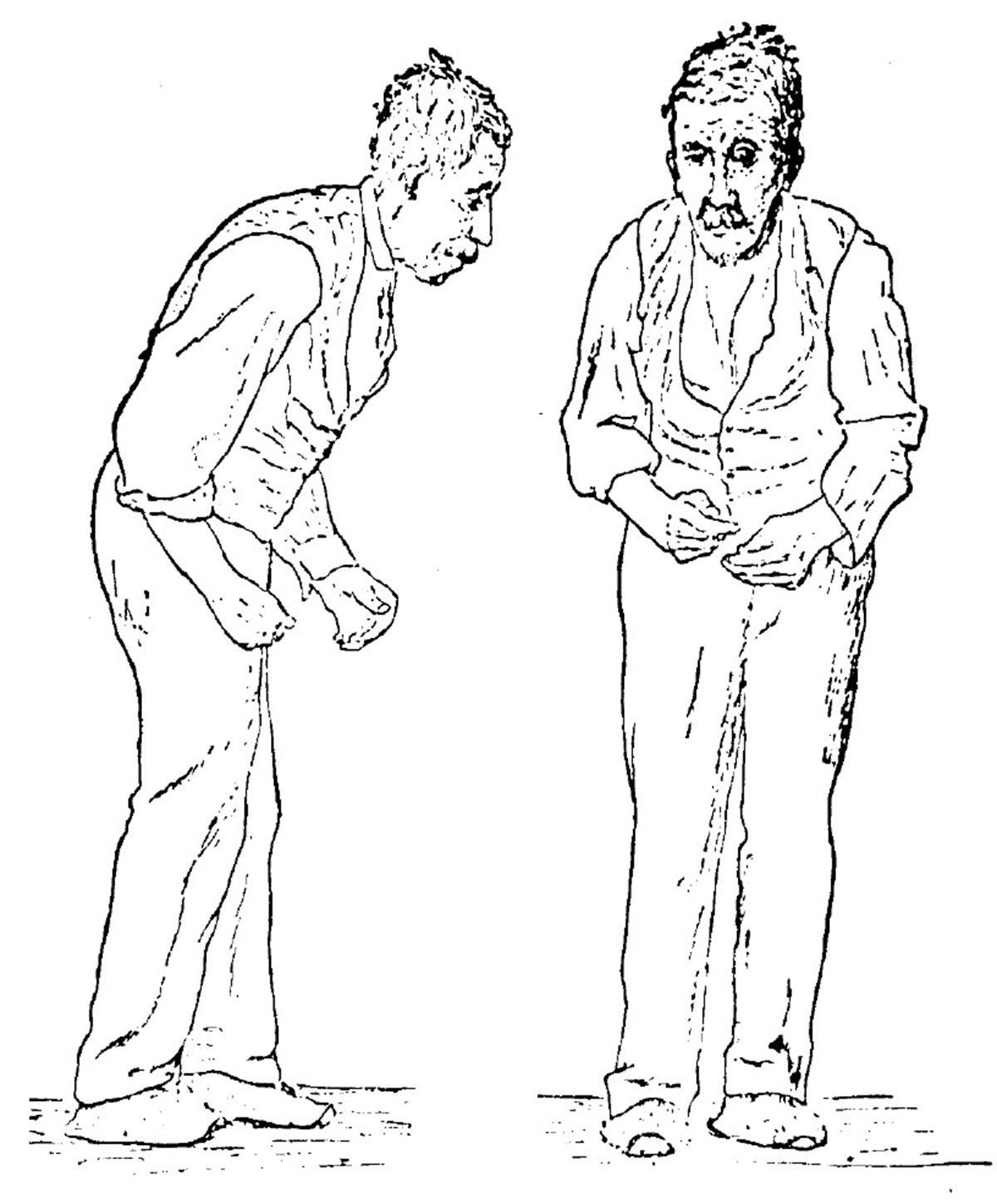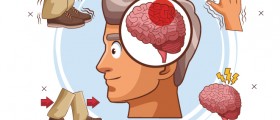
Parkinson’s disease attacks the individual’s motor skills, that is, the ability to move without difficulty causing them to deteriorate as the condition progresses. Unfortunately, there is no cure for Parkinson’s disease, but there are ways to relieve the symptoms.
The course of treatment for Parkinson’s disease depends on the stage that the disease has reached. In the first stages of the disease, when the symptoms are rather mild and not that invasive there is really no treatment possible. These are the symptoms like occasional hand tremors or the absence of movements in the situations when they are expected for example hand swinging while walking.
However if the disease is advanced then the symptoms can be treated with medications or surgery.
There are no default medications for Parkinson’s disease. The type and the dose are adjusted to every patient individually. They depend on the intensity of the symptoms and also on the fact whether the patient is suffering from any other unrelated condition which might meddle with a certain kind of drugs. When all these conditions are taken into consideration, it is obvious that one might not get the ideal treatment at the beginning and it might take some time to determine which choice is the right one for someone. As the disease progresses to certain modifications in the course of treatment will have to be made, which basically means that the doctor will most likely have the dosage.
Levodopa is a drug that is commonly used to treat the symptoms of Parkinson’s disease as it lessens the movement impairments because of the substance called dopa that it contains, which makes up for the missing dopamine in the brain. Brain requires dopamine however Parkinson’s disease is associated with low dopamine levels in it. Levodopa is sometimes combined with dopamine agonists for a stronger effect.
If the symptoms of this disease become too far advanced for medications to control them in any way there are various surgeries which could help. These include procedures such as ablation and deep brain stimulation.
Ablation is a procedure which destroys the part of the brain which is affected by Parkinson’s disease thereby destroying the causes of the condition.
Deep brain stimulation is a more moderate version of ablation and it is used more frequently. Unlike ablation which destroys the affected part of the brain, deep brain stimulation simply deactivates it, by an implanted electrocode.
If none of these sounds like a desirable option, there are a few other procedures which the doctor can recommend. Physical therapy is always welcome as well as it strengthens the muscles and helps define movements to an extent.







-When-You-Have-Parkinson's-Disease_f_280x120.jpg)









Your thoughts on this
Loading...